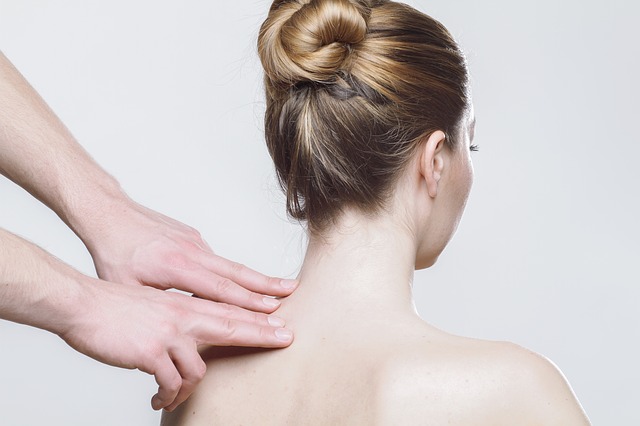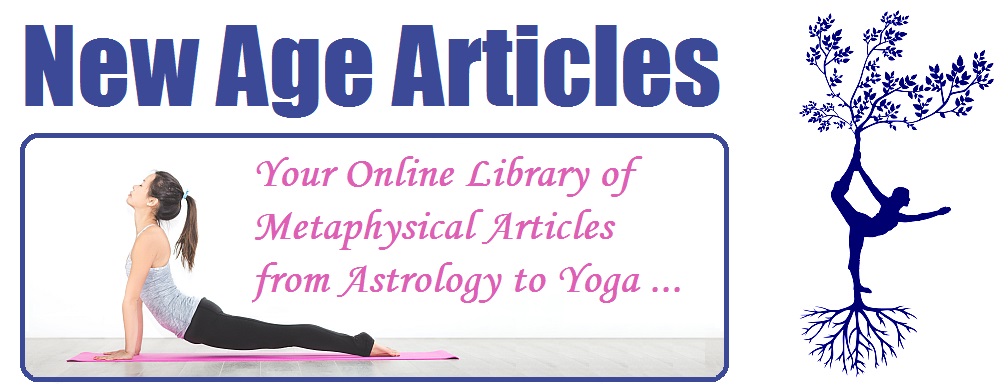Shiatsu Massage: An Introduction by Carol Culhane

What is Shiatsu?
Shiatsu is a form of Japanese massage or bodywork that originated in Japan. Literally translated shiatsu means finger pressure. In shiatsu the thumbs (elbows, knees and fingers are also used) are used to manipulate the flow of Qi or energy in the body to prevent and treat conditions such as insomnia or shoulder pain.
The theories of shiatsu go back literally thousands of years. Stone acupuncture needles have been found in China dating from around 8,000 B.C. The theories of shiatsu and acupuncture are almost identical as they both use the principles of Traditional Chinese Medicine (TCM). In fact, shiatsu is sometimes referred to as acupressure. Interestingly, Shiatsu was only recognized as a distinct modality in 1964 in Japan. Shiatsu is a modern refinement of a modality with an ancient history.
How Does Shiatsu Work?
Shiatsu manipulates the Qi or energy of the body by regulating its flow within an individual. Different people and different areas of the body have different needs. For example your shoulders may feel tense and hard to the touch while your lower back may ache and feel soft to the touch. The shiatsu therapist will treat the shoulders with a firm fairly quick pressure, and the lower back with a gentle, slower pressure. The difference in the duration and depth of pressure applied will change the way the Qi or energy flows in the client which rebalances the body, and leaves the client feeling healthier with less pain and stress.
Two-handed Technique
Shiatsu therapists generally use a two-handed technique. One hand manipulates a particular meridian or line of Qi in the body and the other is placed on an adjoining area of the body. The resting or ‘mother’ hand helps to calm the client, and is useful in feeling the results of the working or ‘child’ hand. In this way the shiatsu therapist receives constant feedback about the treatment, and the client feels reassured and relaxed.
What Does Shiatsu Treat?
Shiatsu can be helpful for many conditions (see list following), but is also an excellent way to prevent disease. Shiatsu is holistic meaning it can treat emotional problems as well as physical ones. Many people for example feel tension in their shoulders or upper back during stressful periods of their lives. Shiatsu and the system of Traditional Chinese Medicine see these 2 symptoms as related to one issue, and not as separate entities.
In my private practice I have treated a client with asthma who decreased the use of his puffer by about half. I have treated a client with chronic insomnia who immediately after the first treatment had a solid 7 hours of sleep. I have helped clients rid themselves of headaches, back pain, and chronic stress. I have also dealt with the aftermath of physical abuse, helping to reprogram the body’s response to touch.
Conditions Treated:
• Asthma
• Back pain
• Digestive difficulties
• Headaches/migraines
• Insomnia
• Menstrual problems
• Sprains and strains
• Stress Issues
The benefits of shiatsu include:
• Improved sleep
• Reduction or elimination of pain
• Improved digestive function
• Improved breathing
• Reduced stress and anxiety
• Improved circulation
• Increased self healing
• Strengthened immune system
• Improved posture
• Feeling of relaxation and wellbeing
This brief introduction gives you an idea of how shiatsu works and what it can do. I encourage you to try a treatment or take a short introductory course to learn more about shiatsu and its wonderful benefits.
Carol Culhane, EST
Shiatsu Therapist
About the Author:
Carol Culhane, EST is an experienced shiatsu therapist in teacher based in Toronto, ON. shiatsutoronto.com






